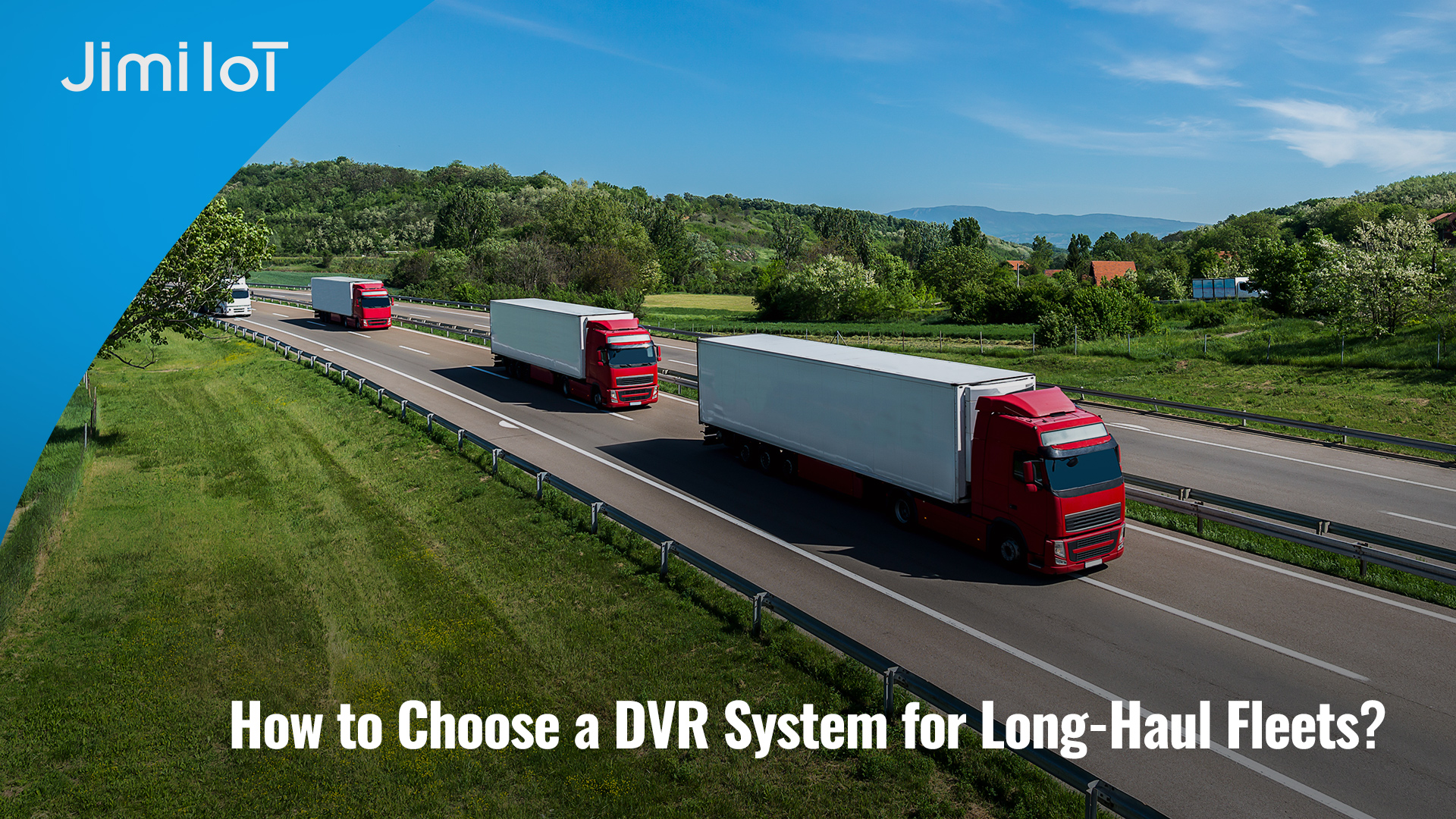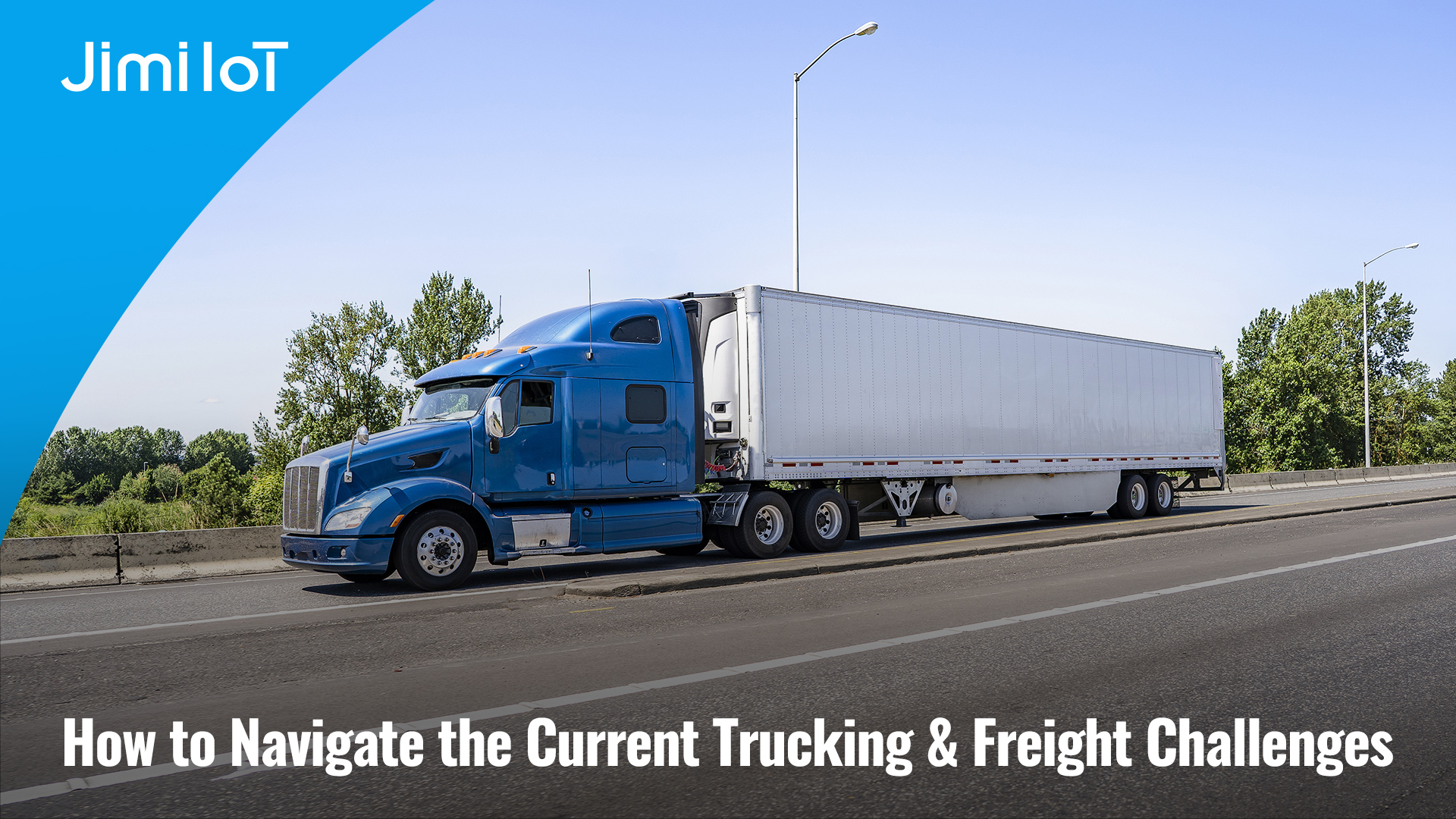Introduction

In the logistics industry, choosing the right DVR system for long-haul fleets can mean the difference between profit and loss, safety and risk. Long-haul transportation companies increasingly rely on advanced Digital Video Recorder (DVR) systems to address challenges like driver safety, cargo security, and regulatory compliance. But with so many solutions on the market, how do businesses choose the right one? This article breaks down the technical and operational considerations for modern DVR systems, using real-world examples to explain how these technologies align with client needs—without compromising objectivity.
1. The Role of DVR Systems in Modern Fleet Management
Long-haul transportation demands more than just basic recording. Clients need systems that act as a “co-pilot,” offering:
- Real-Time Visibility: Monitor driver behavior, cargo conditions, and routes remotely.
- Forensic Evidence: High-resolution footage to resolve disputes or accidents.
- Regulatory Compliance: Automated logging for hours-of-service (HOS) and data privacy laws.
For example, dual-channel dashcams (front and cabin views) have become essential for capturing comprehensive context during incidents. Devices like the JC181 Dual-Channel Dashcam illustrate this trend, combining a 1080p front camera with a secondary cabin-view camera to ensure full coverage—critical for verifying driver actions or cargo tampering.
2. Technical Features That Solve Real Client Problems
Clients often prioritize reliability and ease of use over flashy specs. Here’s how key technical components translate to practical benefits:
2.1 Dual Cameras: Balancing Clarity and Coverage
- Front Camera (Main): A 1920×1080 resolution at 30FPS ensures crisp footage for license plate recognition or accident details.
- Secondary Camera: Even lower-resolution cameras (e.g., 640×360) can monitor cabin activity or cargo, deterring theft or unsafe driver behavior.
- Why It Matters: Dual channels address liability gaps. For instance, if a driver is accused of distraction, cabin footage can confirm or refute claims.
2.1 Dual Cameras: Balancing Clarity and Coverage
- Front Camera (Main): A 1920×1080 resolution at 30FPS ensures crisp footage for license plate recognition or accident details.
- Secondary Camera: Even lower-resolution cameras (e.g., 640×360) can monitor cabin activity or cargo, deterring theft or unsafe driver behavior.
- Why It Matters: Dual channels address liability gaps. For instance, if a driver is accused of distraction, cabin footage can confirm or refute claims.
2.2 Connectivity: Staying Online in Remote Areas
- 4G LTE and Multi-Band Support: Devices optimized for regional networks (e.g., Latin America vs. Eurasia) minimize dead zones. For example, the JC181’s 4G LTE Cat.1 module ensures stable video uploads even in areas with weaker signals.
- WiFi Direct: Enables local access to footage without cellular dependency—useful for quick data retrieval at depots.
2.3 Durability: Built for the Road
- Temperature Resilience: Operating in -20°C to +70°C ranges ensures functionality in desert heat or freezing mountains.
- Shock Resistance: A rugged design (e.g., 3-axis sensors) stabilizes recordings on rough terrain.
3. Addressing Client Concerns: A Data-Driven Approach
Clients don’t just want specs—they want solutions to their headaches. Let’s translate features into answers:
3.1 “Will This Work in Extreme Conditions?”
- The Science: Devices rated for wide temperature ranges (-20°C to +70°C operating, -30°C to +85°C storage) use industrial-grade components to resist thermal stress.
- Client Takeaway: Reliability isn’t just about specs; it’s about minimizing downtime during cross-continent hauls.
3.2 “How Secure Is My Data?”
- The Science: Local storage (e.g., TF cards up to 128GB) paired with encrypted cloud backups ensures redundancy.
- Client Takeaway: Avoid systems that rely solely on cloud storage—rural areas may lack connectivity for real-time uploads.
3.3 “Is Installation Complicated?”
- The Science: Plug-and-play designs with standardized connectors (e.g., Type-C USB) simplify integration.
- Client Takeaway: Look for modular systems that don’t require overhauling existing fleet electronics.
4. Cost vs. Value: What Clients Overloo
While upfront costs matter, hidden savings often justify investments:
- Reduced Insurance Premiums: Fleets with verifiable safety systems (e.g., dual cameras) may qualify for discounts.
- Fuel Efficiency: GPS-integrated DVRs can optimize routes, cutting fuel use by up to 15%.
- Legal Protection: High-resolution footage can expedite insurance claims, saving weeks of dispute resolution.
5. The Future of DVR Systems: What’s Next?
Emerging trends like AI and 5G are reshaping expectations:
- AI-Driven Analytics: Fatigue detection or predictive collision alerts could soon be standard.
- 5G Integration: Faster data transmission enables real-time analytics for autonomous trucking.
Devices like the JC181, with LTE-Advanced and edge computing capabilities, are already laying the groundwork for these advancements.
Conclusion
Choosing a DVR system isn’t about chasing the highest specs—it’s about aligning technology with operational realities. Dual-channel visibility, regional network compatibility, and rugged durability are no longer optional; they’re baseline requirements. By focusing on systems that prioritize these features, logistics managers can safeguard drivers, cargo, and profits in an increasingly complex industry.
Why JimiIoT
JimiIoT is a global leader in innovative IoT solutions. We provide cutting-edge hardware and software tailored to enhance efficiency and connectivity. Our range of products includes advanced GPS tracking devices, asset management solutions, smart vehicle dashcams, and telematics platforms. With a focus on technological excellence and customer satisfaction, we empower businesses to optimize operations and gain valuable insights from data-driven analytics. Trust JimiIoT to drive positive change and unlock growth opportunities in the digital age.
If you would like more details, please visit Facebook, LinkedIn, INS, and Twitter pages for further information.
 US
US ES
ES PT
PT TH
TH VN
VN JP
JP



